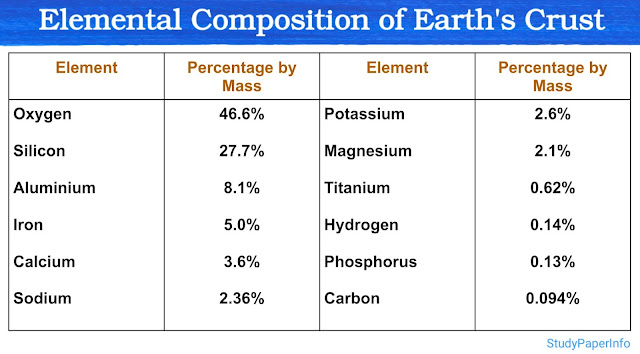What is endocytosis? Describe clathrin-independent and clathrin-dependent pathways of endocytosis
Endocytosis is a vital cellular process by which a cell engulfs extracellular materials by enclosing them in vesicles formed from the plasma membrane. It is an energy-dependent process (requiring ATP) that allows the internalization of nutrients, signaling molecules, fluids and even microorganisms. It helps maintain membrane composition, regulates receptor signaling and supports immune functions.
This process is mainly of two types based on the presence or absence of the protein clathrin in vesicle formation.
1. Clathrin-Dependent Endocytosis
Clathrin-dependent endocytosis is a highly selective and well-studied pathway where vesicles are formed with the help of a protein coat made of clathrin. The process begins when ligands (such as hormones or lipoproteins) bind to specific receptors on the cell membrane. These receptor-ligand complexes cluster together in specialized regions known as clathrin-coated pits. The clathrin lattice gives structural support and the pit invaginates, eventually forming a clathrin-coated vesicle. After internalization, the clathrin coat is shed, and the vesicle fuses with early endosomes for further processing. This mechanism is crucial for cholesterol uptake via LDL receptors, iron uptake via transferrin receptors and neurotransmitter recycling in nerve cells.
2. Clathrin-Independent Endocytosis
Clathrin-independent endocytosis includes varied non-clathrin pathways, such as caveolin-mediated endocytosis, macropinocytosis and lipid raft-mediated uptake. These routes do not use clathrin but often rely on lipid microdomains, actin remodeling or proteins like caveolins. Unlike clathrin-mediated uptake, these pathways are often non-specific and allow the bulk internalization of fluids, membrane proteins and sometimes pathogens. Caveolin-mediated endocytosis is especially important in endothelial cells, while macropinocytosis is used by immune cells for antigen sampling and by cancer cells for nutrient uptake.


Comments
Post a Comment